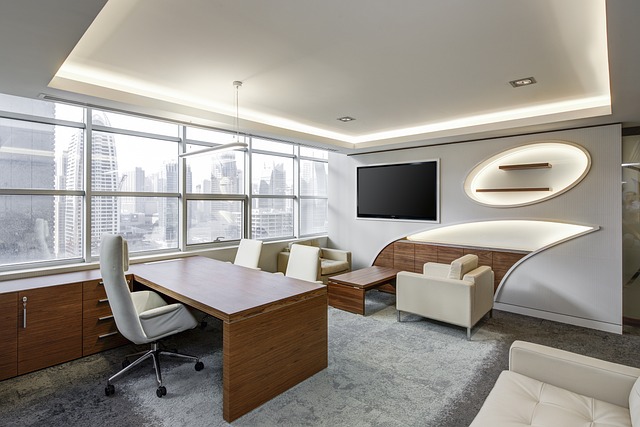Adapting small spaces into efficient workstations
Creating an effective workstation in a compact space requires deliberate choices that balance comfort, function, and aesthetics. This article outlines practical strategies for improving ergonomics, lighting, acoustics, organization, connectivity, and scheduling so a small corner or multi-use room can support focused work without overwhelming the home environment.

Ergonomics and posture
Good ergonomics starts with a clear view of how you sit, reach, and use devices throughout the day. Choose a chair and desk height that support a neutral posture: eyes level with the top third of the screen, shoulders relaxed, elbows at about 90 degrees, and feet supported. Position frequently used items within easy reach to reduce repetitive stretching. Consider adjustable furniture or a sit-stand converter to vary posture and reduce static strain.
This article is for informational purposes only and should not be considered medical advice. Please consult a qualified healthcare professional for personalized guidance and treatment.
Lighting and comfort
Natural light helps regulate alertness, but in small spaces it may be limited. Layer lighting with an overhead fixture, task lamp, and soft ambient options to reduce glare and eye strain. Position screens perpendicular to windows to limit reflections and use adjustable color temperature for comfort during different times of day. Comfortable temperature, textiles, and a small plant or two can make a compact workstation feel less clinical and more conducive to sustained focus.
Acoustics and isolation
Noise can fragment attention quickly; addressing acoustics in a small area matters. Soft surfaces such as rugs, curtains, and wall hangings absorb sound, while bookcases or room dividers can block sightlines and dampen noise. For more persistent disturbances, consider a directional microphone, noise-reducing headphones, or a white-noise source to mask intermittent sounds. If you share living space, coordinate isolation windows around high-focus tasks or calls to minimize interruptions.
Organization, storage, and furniture
Smart organization transforms limited square footage into usable workspace. Use vertical storage—shelves, pegboards, and slim cabinets—to keep surfaces clear. Choose furniture with dual functions, such as a desk with integrated drawers or a fold-down model that tucks away after hours. Declutter regularly: designate one small bin or tray for daily essentials and store less-used items in labeled boxes to preserve both accessibility and a tidy appearance.
Connectivity, security, and mobility
Reliable connectivity is essential in compact setups where routers or outlets may be distant. Use a wired Ethernet connection when possible or a high-quality mesh Wi-Fi node placed near the workspace for stable bandwidth. Secure your devices with updated software, strong passwords, and encrypted connections for remote access. For mobility, consider a lightweight laptop or a rolling stand that lets you reposition the workstation in response to light, noise, or household routines.
Scheduling, productivity, and sustainability
Designate specific work hours and micro-schedules to separate tasks and reduce cognitive load in a small area. Block time for deep work, short breaks, and routine tasks; visible cues like a desk lamp turned off can signal the end of the workday. Incorporate sustainable choices such as energy-efficient lighting, secondhand furniture, or modular pieces that reduce waste and adapt over time. Thoughtful scheduling and modest sustainable choices both support long-term productivity and a lower environmental footprint.
Conclusion Adapting small spaces into efficient workstations is a matter of layered adjustments: ergonomic seating and posture, appropriate lighting, acoustic control, tidy organization, dependable connectivity, and clear scheduling. By combining these elements, a compact corner can become a resilient, comfortable place to focus without requiring major renovations or permanent space changes.





